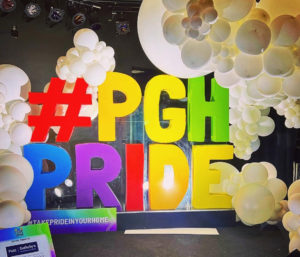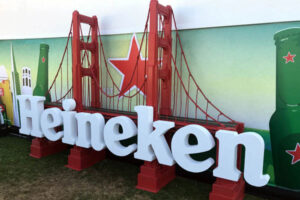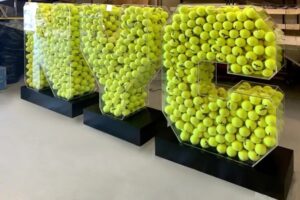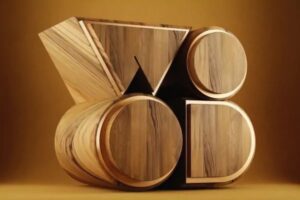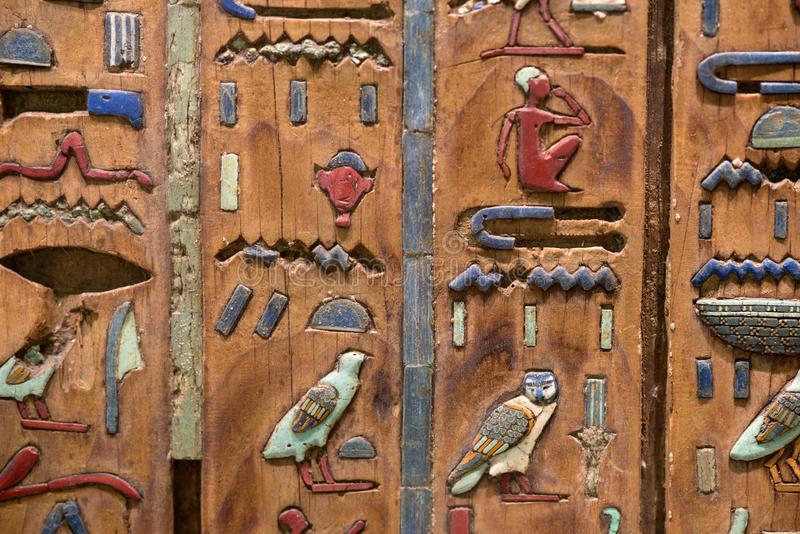Wooden Letters
We build 3D Wooden Letters
Wooden Letters
In a world full of high-tech gadgets and fleeting fads, there’s something truly special about wooden letters. They’re not like the ordinary things you see every day. These letters are like works of art, carefully crafted by skilled hands. They bring a sense of nostalgia, taking us back to a time when things were simpler and handmade. And they also add a dash of playfulness, like a sprinkle of magic in the air. Whether they’re hanging on walls at home, making shops and storefronts look extra inviting, or stealing the show at parties, wooden letters are the perfect way to show off your creativity and make a statement that’s all your own.
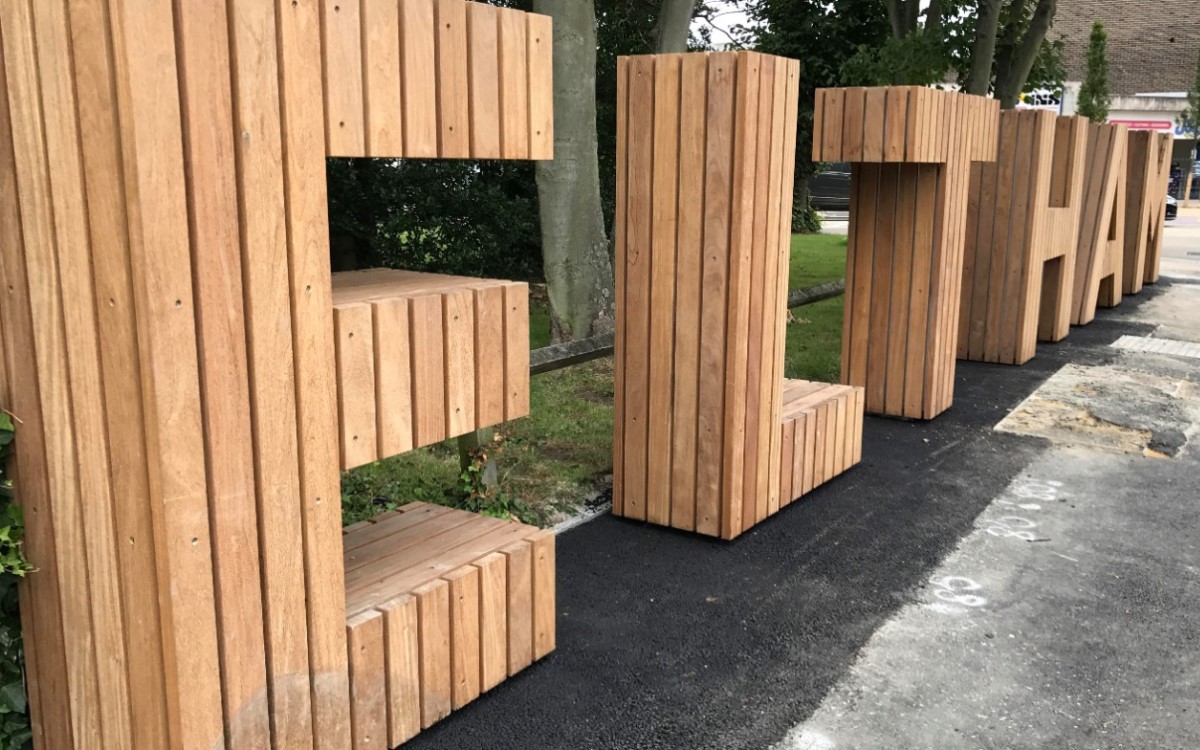
Wooden letters have long held a special place in the realm of artistic expression and decoration. From rustic to contemporary, traditional to modern, the world of wooden letters encompasses a diverse range of styles, each with its own unique charm and character. There are many types of wooden letters to explore:
Classic Block Letters
The classic block letters are a timeless choice that exudes simplicity and clarity. These letters are characterized by their clean, straight lines and uniform proportions. They are often available in various font styles, ranging from bold and impactful to elegant and refined. Classic block letters are versatile, making them suitable for a wide array of applications, including home décor, signage, and personalized gifts.
Script Letters
Script letters, also known as cursive or calligraphy letters, bring a touch of elegance and sophistication to any setting. With their flowing lines and graceful curves, script letters evoke a sense of romanticism and refined beauty. They are ideal for adding a touch of personalization and charm to weddings, special events, and interior design projects. Script letters can range from elaborate, ornate scripts to more contemporary, streamlined styles.
Rustic and Distressed Letters
For those seeking a vintage or farmhouse-inspired aesthetic, rustic and distressed letters are an excellent choice. These letters embrace imperfections and weathered textures, giving them a sense of character and nostalgia. They are often handcrafted, using reclaimed or distressed wood, and may feature intentional distressing techniques like sanding, staining, or aging. Rustic and distressed letters are popular in shabby-chic décor, country-style weddings, and rustic-themed events.
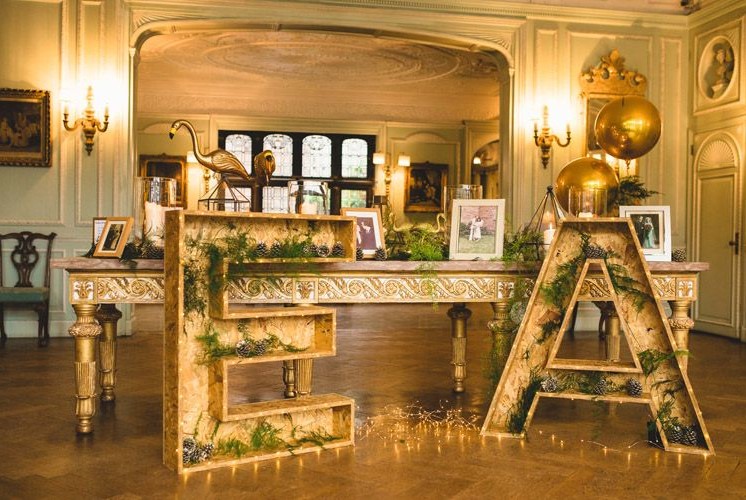
Dimensional Letters
Dimensional letters add depth and visual interest to wooden letter designs. These letters are typically crafted using multiple layers of wood, creating a three-dimensional effect. Dimensional letters can be designed with various font styles and sizes, and they lend themselves well to bold, eye-catching applications such as storefront signage, exhibition displays, or stage backdrops. By incorporating shadows and playing with light, dimensional letters create a captivating visual impact.
Decorative Letters
Decorative wooden letters encompass a wide range of styles, from whimsical and playful to intricate and ornate. These letters often feature embellishments such as floral motifs, filigree designs, or carved details. Decorative letters are popular for children’s rooms, nurseries, and themed events, as they add a touch of charm and fantasy to the ambiance. They allow for creativity and customization, enabling individuals to choose designs that align with their personal preferences and desired aesthetic.
Large-Scale Letters
Large-scale wooden letters make a bold statement, commanding attention and becoming focal points in any space. These oversized letters are perfect for creating impactful signage, event backdrops, or dramatic home décor installations. Their grand size and prominent presence offer versatility in terms of design, allowing for various font styles, finishes, and creative arrangements. Large-scale letters can be crafted from thick, sturdy wood to ensure durability and stability.
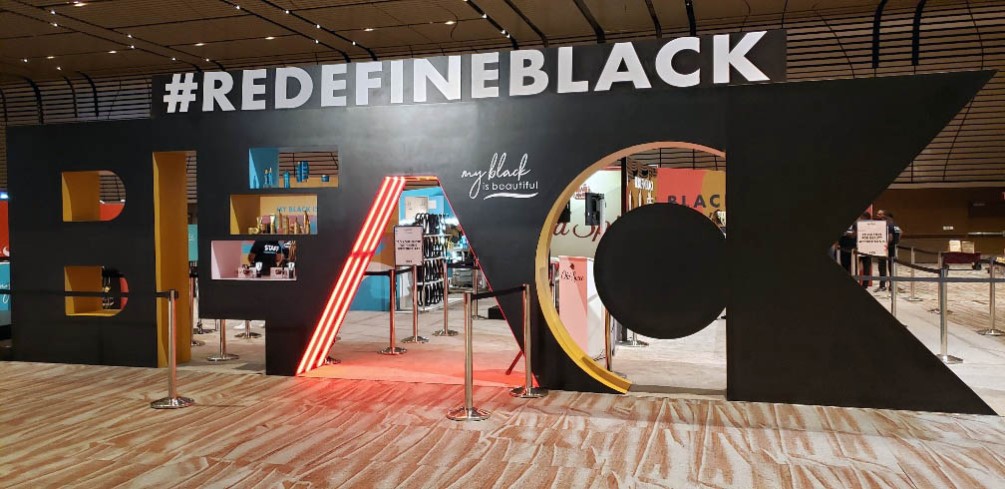
Wooden letters are truly fascinating. They have a special kind of beauty and can be used in so many different ways. They’re not just for decoration—they’ve become an important part of many different areas. Here is a deep dive into the incredible ways wooden letters are being used.
- Home Décor and Interior Design: Wooden letters serve as captivating design elements in residential spaces, enabling individuals to infuse their homes with personality and style. From monograms and initials adorning walls to inspiring words or quotes forming gallery walls, wooden letters allow homeowners to express their creativity and personalize their living environments. Whether it’s a rustic farmhouse, a modern apartment, or a cozy cottage, wooden letters effortlessly integrate into any interior design scheme, adding texture, visual interest, and a touch of nostalgia.
- Nursery and Children’s Rooms: Wooden letters are particularly beloved in nurseries and children’s rooms, as they offer endless opportunities for customization and whimsical decoration. By spelling out a child’s name or creating playful word formations, wooden letters become focal points that reflect the child’s unique identity. They can be painted in vibrant colors, adorned with patterns, or embellished with playful elements like animals, stars, or fairytale motifs. Wooden letters lend a warm and welcoming ambiance to these spaces, stimulating the imagination and fostering a sense of comfort and belonging.
- Wedding and Event Decor: Wooden letters have become a sought-after element in wedding and event decor, bringing a touch of elegance, personalization, and sophistication to the celebrations. From monogrammed initials as table centerpieces to large-scale letter installations forming a backdrop for photo booths or ceremony spaces, wooden letters set the tone and theme of the occasion. They can be adorned with floral arrangements, draped in fabrics, or decorated to match the color palette and style of the event. Wooden letters create a lasting impression and serve as cherished mementos of special moments.
- Signage and Wayfinding: Wooden letters are an exceptional choice for signage and wayfinding purposes. Their natural charm and visibility make them ideal for storefronts, businesses, restaurants, and exhibition spaces. Whether it’s an elegant boutique sign, a bold restaurant logo, or directional signage at a trade show, wooden letters effortlessly capture attention and guide visitors. They can be customized with various finishes, fonts, and sizes, ensuring that the signage aligns with the brand identity and atmosphere of the space.
- Educational and Learning Environments: Wooden letters play a crucial role in educational settings, serving as engaging tools for early childhood learning and language development. These letters are often designed with vibrant colors, tactile textures, and easy-to-grasp shapes, facilitating interactive and hands-on learning experiences. From alphabet walls in preschools to letter recognition activities at home, wooden letters become catalysts for literacy skills and cognitive development. They encourage children to explore language, build words, and embark on a lifelong journey of discovery.
- Retail Displays and Visual Merchandising: Wooden letters find their place in the world of retail, enhancing visual merchandising and creating captivating displays. Whether used to highlight brand names, showcase product categories, or communicate promotional messages, wooden letters exude a sense of authenticity and craftsmanship. Retailers can customize these letters to match their branding, using various finishes, fonts, and sizes. Wooden letters seamlessly blend with different retail aesthetics, from bohemian boutiques to upscale luxury stores, adding a touch of warmth and personality.
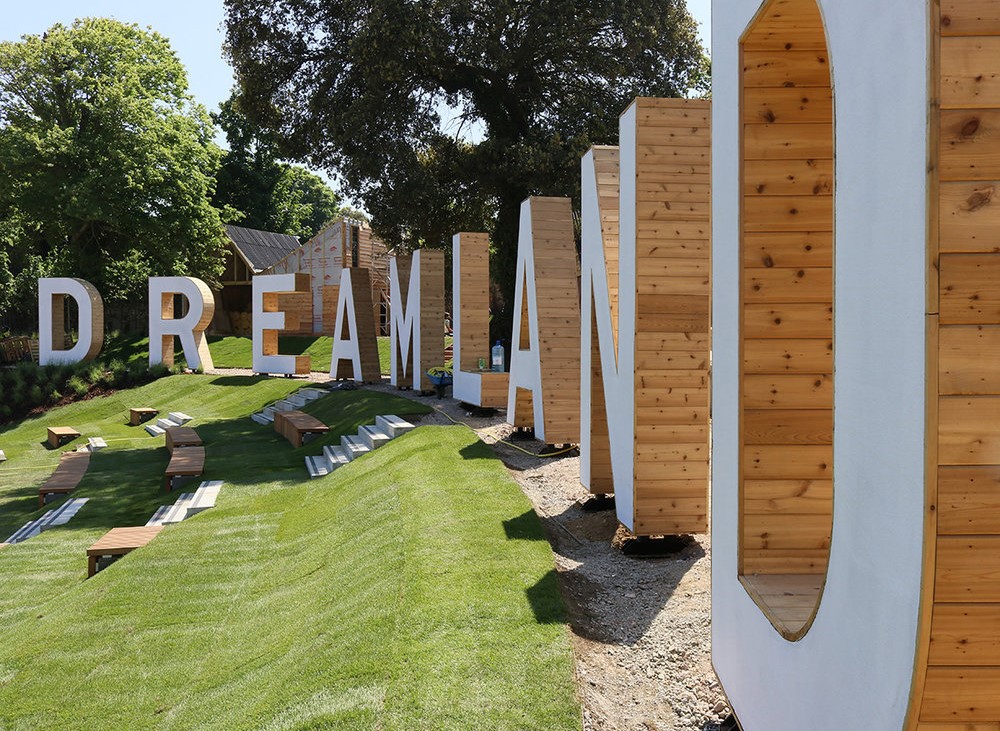
Features and Benefits of Marquee Letters
Wooden letters have timeless appeal and distinctive characteristics. Crafted from natural materials, these letters possess a unique set of features that set them apart from other forms of signage and decorative elements.
- Aesthetic Appeal: One of the most enchanting features of wooden letters is their inherent aesthetic appeal. Crafted from solid wood or plywood, these letters exude warmth, authenticity, and a sense of craftsmanship. The natural grains, textures, and colors of wood add a touch of organic beauty, enhancing the overall visual impact. From the smooth, refined finish of hardwood to the rustic charm of distressed or reclaimed wood, wooden letters possess a diverse range of visual aesthetics to suit various styles and preferences.
- Durability and Longevity: Wooden letters are renowned for their durability and longevity. When properly cared for, they can withstand the test of time, remaining a cherished decorative piece for years to come. The robustness of wood ensures that these letters can endure both indoor and outdoor environments, withstanding changes in temperature and humidity. Unlike their counterparts made from synthetic materials, wooden letters have a natural resistance to wear, tear, and fading, maintaining their beauty and appeal over extended periods.
- Versatility: Wooden letters offer unparalleled versatility, making them adaptable to a wide range of applications. Their flexibility extends to font styles, sizes, and finishes, allowing individuals to customize and create letters that align with their specific needs and preferences. Whether it’s the classic and timeless appeal of block letters, the elegance of script letters, or the whimsy of decorative letters, wooden letters provide a platform for unlimited creativity. They can be stained, painted, distressed, or embellished to suit various themes, color palettes, and design schemes.
- Customization and Personalization: Wooden letters are a blank canvas for personalization and customization, providing a means for individuals to express their unique identities and messages. From monograms and initials to inspiring words, quotes, or even entire phrases, these letters can be tailored to reflect one’s personality, beliefs, or sentiments. The ability to select fonts, sizes, and finishes allows for endless creative possibilities, empowering individuals to create truly one-of-a-kind pieces that resonate with their vision and purpose.
- Eco-Friendly Nature: In an era where sustainability is increasingly valued, wooden letters shine as an eco-friendly alternative. Wood, a renewable and biodegradable resource, forms the foundation of these letters. The production process often involves skilled craftsmanship, utilizing traditional techniques that reduce the carbon footprint associated with mass production. Moreover, wooden letters have inherent longevity and can be recycled or repurposed at the end of their lifespan, minimizing waste and environmental impact.
- Handcrafted Artistry: Wooden letters often carry the mark of handcrafted artistry, embodying the dedication, skill, and passion of artisans. Each letter undergoes a meticulous process, from the selection of quality wood to the cutting, shaping, and finishing stages. The attention to detail and the human touch involved in their creation add a layer of authenticity and character that mass-produced alternatives cannot replicate. The artistry of wooden letters elevates them from mere decorative objects to treasured works of craftsmanship.
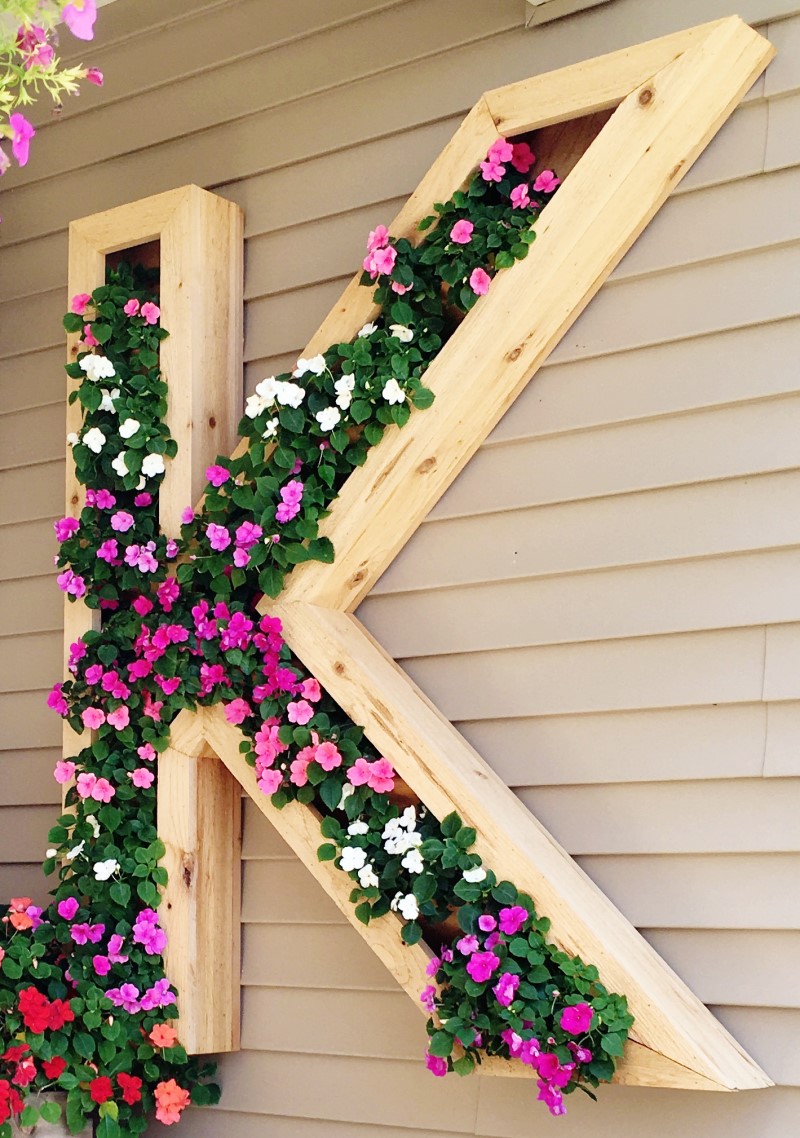
Wooden letters are really popular among people who want to show their individuality and care for the environment. They’re not just pretty to look at—they have a lot of advantages that make them the top choice for all kinds of uses. Here are some benefits of wooden letters.
- Natural Beauty and Warmth: One of the primary benefits of wooden letters lies in their natural beauty and warm aesthetic appeal. Crafted from real wood, these letters possess unique grain patterns, textures, and colors that add depth and character to any space. The warmth and authenticity of wooden letters create an inviting atmosphere, evoking a sense of connection with nature and promoting a calming ambiance. Their organic charm adds a touch of rustic elegance or contemporary sophistication, depending on the chosen style.
- Health and Indoor Air Quality: Unlike certain synthetic materials that may emit harmful chemicals, wooden letters are non-toxic and do not pose health risks. They contribute to improved indoor air quality by not releasing volatile organic compounds (VOCs), ensuring a safer and healthier living or working environment. Wooden letters offer a natural and safe option for individuals who prioritize their well-being and desire toxin-free surroundings.
- Acoustic Benefits: Wooden letters can also provide acoustic benefits in certain settings. The density and composition of wood help absorb sound waves, reducing echo and improving overall sound quality. This feature is particularly advantageous in spaces like offices, studios, or conference rooms, where noise reduction and improved acoustics are desirable. Wooden letters not only serve as visually appealing decor but also contribute to creating a more pleasant and productive environment.
- Emotional and Psychological Impact: Wooden letters carry an emotional and psychological impact that goes beyond their physical attributes. The organic and tactile nature of wood evokes a sense of connection to nature, which has been shown to enhance overall well-being and reduce stress levels. The presence of wooden letters in a space can create a sense of comfort, authenticity, and serenity, promoting a positive emotional experience for both occupants and visitors.
Wooden letters offer an array of benefits that make them a preferred choice for individuals seeking natural beauty, durability, sustainability, and customization in their decorative and communicative endeavors. From their timeless aesthetic appeal to their ability to withstand the test of time, wooden letters continue to captivate with their enduring charm. Their eco-friendly nature and versatility allow for endless customization options, making them the perfect choice for those who seek a unique and personal touch. Whether adorning a home, adding a rustic touch to a wedding, or enhancing brand presence, wooden letters stand as a symbol of quality craftsmanship and artistic expression.
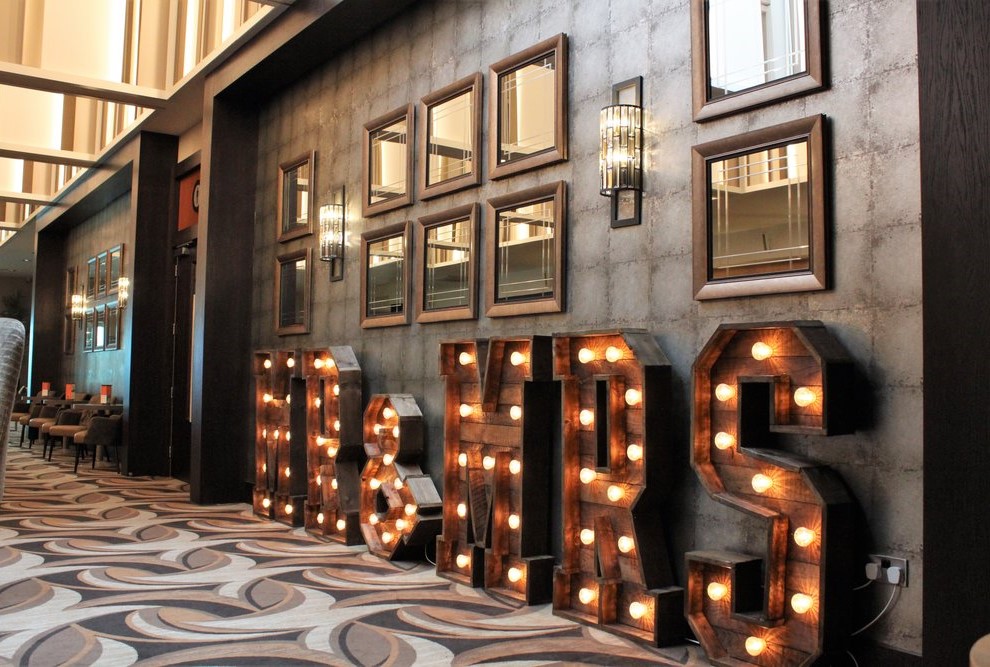
Pricing of Custom Wooden Letters
The price of custom 3D letters are based on the volume of materials (size of the letters), type of materials, the time it takes to create the 3D design, production labor, and possible installation time and materials, as well as other specific elements unique to the project. Each large letter project is bid individually and the best way to determine cost is to email us, call us at 385-206-8700, or fill out the form below and let us bid on your project.
Get a Free Price Estimate for Wooden Letters
Select any that apply
Custom Fabrication Workflow
Common Questions & Answers
What are wooden letters? Wooden letters are simply letters made out of wood. They are crafted by shaping and carving wood into various letterforms. These letters can be used for decoration, signage, or artistic purposes. With their natural charm and durability, wooden letters add a rustic touch to any space.
How do you make wooden letters look rustic? To give wooden letters a rustic look, you can follow a few simple steps. First, sand the surface to remove any smoothness. Then, apply a stain or paint in earthy tones like brown or gray. Once dry, use sandpaper to distress the edges and surfaces for a weathered appearance. Finally, consider adding some subtle accents like cracks or knots using a wood-burning tool. This process will give your wooden letters that desired rustic charm.
How do you make small wooden letters? Creating small wooden letters can be done using the following steps. First, select a suitable piece of wood, preferably one with a smooth surface. Next, draw or print the desired letter template to use as a guide. Transfer the outline onto the wood using carbon paper or by tracing it directly. Carefully cut out the letter shape using a scroll saw or a fine-toothed saw. Sand the edges and surfaces for a smooth finish. Finally, you can apply paint, stain, or varnish to enhance the appearance of the small wooden letters.
How do you freehand letters on wood? To freehand letters on wood, follow these steps. Start by selecting a piece of wood with a smooth surface. Use a pencil to lightly sketch the outline of the letter directly onto the wood. Take your time and use light strokes to get the desired shape and size. Next, use a wood-burning tool or a fine-tipped paintbrush to trace over the pencil outline with permanent marker or paint. Apply steady and deliberate strokes to create smooth lines. Allow the marker or paint to dry completely before erasing any visible pencil lines. With practice, you can master the art of freehand lettering on wood.
How do you make custom wood words? Making custom wood words is an enjoyable process that allows you to create personalized decorative pieces. Here’s a simplified guide to get you started.
– Choose a suitable type of wood, such as plywood or solid wood, with a smooth surface.
– Decide on the font and size of the words you want to create. You can use stencils or print out templates as a guide.
– Trace the letters onto the wood using a pencil or carbon paper.
– Carefully cut out the letters using a scroll saw, jigsaw, or a fine-toothed saw, following the traced lines.
– Sand the edges and surfaces of the wood words to create a smooth finish.
– Optionally, apply paint, stain, or varnish to enhance the appearance of the wood words. – Allow it to dry completely.
– You can attach the wood words to a backing board, frame them, or use them individually as desired.
Remember, practice and patience are key to achieving precise and visually appealing custom wood words. Enjoy the process and let your creativity shine through!
How do you transfer words from paper to wood? Transferring words from paper to wood is a simple process. Here’s a step-by-step guide with a simplified explanation:
– Start by printing or writing the words you want to transfer onto a regular piece of paper. Ensure that the letters are bold and clear.
– Flip the paper over and cover the backside of the words with graphite from a pencil. Rub the graphite evenly across the entire area where the words are located.
– Place the paper with the graphite side down onto the wood surface where you want the words to appear. Secure it in place with tape or clips.
– Using a pen or pencil, firmly trace over the letters, applying pressure to transfer the graphite onto the wood.
– Carefully remove the paper, and you should see a faint outline of the words on the wood.
– With a paintbrush, marker, or wood-burning tool, trace over the transferred outline to create the final letters on the wood.
Remember to take your time and apply consistent pressure while tracing to ensure a clear and accurate transfer. Enjoy the process of bringing your words to life on the beautiful canvas of wood!
How do you make wooden letters at home? Creating wooden letters at home is an enjoyable and rewarding DIY project. Here’s a simplified guide to help you get started:
– Begin by selecting a suitable piece of wood, such as plywood or solid wood, with a thickness appropriate for your desired letter size.
– Determine the font, size, and style of the letters you want to create. You can use stencils or print out templates to guide your design.
– Trace the letter outlines onto the wood using a pencil or carbon paper, ensuring accuracy and alignment.
– Use a scroll saw, jigsaw, or a fine-toothed saw to carefully cut along the traced lines, shaping the wooden letters.
– After cutting, use sandpaper or a sanding block to smooth the edges and surfaces of the letters, achieving a polished finish.
– Apply paint, stain, or varnish to enhance the appearance of the wooden letters, allowing them to dry completely between coats if necessary.
– Optional: Add additional embellishments, such as decorative accents, wood burning, or distressing techniques, to personalize the letters further.
– Display your wooden letters by mounting them on a wall, placing them on a shelf, or incorporating them into other creative projects.
Remember to prioritize safety by wearing appropriate protective gear and exercising caution when using tools. Enjoy the process of crafting your own wooden letters and let your creativity shine!
How do you do wood lettering? Wood lettering can be achieved through various methods. Here’s a simplified guide to wood lettering:
– Start by selecting a suitable piece of wood with a smooth surface.
– Choose your desired lettering style or font and sketch the letters onto the wood using a pencil or stencil.
– Depending on your preference, there are different techniques to create the lettering:
Wood Burning: Use a wood-burning tool to carefully trace over the pencil lines, applying heat to burn the letters into the wood.
– Paint: With a fine paintbrush, apply acrylic or wood paint to fill in the letters, ensuring clean and even strokes.
– Decoupage: Cut out individual letters from decorative paper or use pre-made lettering stickers. Apply a decoupage medium or glue to adhere the letters onto the wood surface.
– Stenciling: Position a lettering stencil onto the wood and use a brush or sponge to dab paint over the stencil, creating the letter forms.
– Allow the paint or wood-burning to dry completely before applying any additional layers or finishes.
– Optionally, you can sand the edges or distress the surface of the letters for a weathered or rustic effect.
– Seal the wood lettering with a clear varnish or sealant to protect it and enhance its longevity.
Remember to take your time, practice, and experiment with different techniques to achieve the desired wood lettering style. Enjoy the process of adding your personal touch to the wooden surface!
What are the best fonts for wood letters? When it comes to choosing fonts for wood letters, it ultimately depends on personal preference and the style you want to achieve. However, there are a few popular and visually appealing fonts that work well for wood lettering. Here are some options:
Serif Fonts: Fonts like Times New Roman, Georgia, or Baskerville are classic choices. They have small lines or strokes at the ends of the main letter shapes, adding a traditional and elegant touch.
Script Fonts: Fonts such as Brush Script, Pacifico, or Alex Brush feature flowing and cursive-like letterforms. They bring a sense of sophistication and can create a more decorative and personalized look.
Sans Serif Fonts: Fonts like Helvetica, Arial, or Futura have a clean and modern appearance. They lack the small lines or strokes at the ends of letters, offering a simple and contemporary aesthetic.
Bold Fonts: Fonts such as Impact, Bebas Neue, or Oswald have thick and bold letterforms that make a strong visual impact. They work well for creating attention-grabbing statements.
Remember to consider the size and thickness of the wood letters when choosing a font. Additionally, fonts with larger and more distinct letter shapes tend to be easier to cut or trace accurately onto wood. Experiment with different fonts, and don’t be afraid to mix and match styles to create a unique and visually appealing wood lettering design that suits your taste and project.
Do you have a question we didn’t answer? Don’t hesitate to contact us at 1-385-206-8700 or sales@whiteclouds.com.
Worldwide Delivery
WhiteClouds has delivered 3D letters around the world.
History of Marquee Letters
Wooden letters have a really interesting history that goes back hundreds of years. They show how humans have always been fascinated by writing and art. From a long time ago to today, these letters have been used in lots of different ways.
Ancient Origins
The roots of wooden letters can be traced back to ancient civilizations, where the written word held great importance. The ancient Egyptians, for example, used wooden hieroglyphs to convey their religious beliefs, record historical events, and communicate with the divine. These intricate wooden symbols were often painted and embellished, representing a fusion of visual artistry and written language. Similarly, in ancient China, wooden blocks were used for printing texts and scriptures, laying the foundation for the later development of movable type.
Medieval Manuscripts and Illuminated Letters
During the Middle Ages, the art of calligraphy flourished, and wooden letters played a crucial role in the creation of illuminated manuscripts. Skilled scribes meticulously carved wooden letterforms, which were then used as stamps for applying ink onto parchment. These ornate and embellished letters were often gilded and painted, transforming manuscripts into works of art. Wooden letters enabled the preservation and dissemination of knowledge, bridging the gap between written communication and artistic expression.
Typography and Printing Revolution
The invention of the printing press by Johannes Gutenberg in the 15th century marked a pivotal moment in the history of wooden letters. Gutenberg’s innovation involved the creation of movable type, where individual wooden letters were carved and assembled into words and sentences. These meticulously crafted wooden letters, known as typefaces, revolutionized the process of book printing, making it faster, more efficient, and widely accessible. Wooden typefaces continued to dominate the printing industry for several centuries, leaving an indelible mark on the development of typography.
Art Nouveau and Decorative Wood Type
The late 19th and early 20th centuries witnessed a flourishing of artistic and decorative wooden letters, particularly during the Art Nouveau movement. Artisans and typographers experimented with bold and intricate wood type designs, incorporating organic motifs, flowing lines, and decorative elements. These wooden letters were used for advertising, posters, and signage, showcasing the harmonious marriage of typography and artistic expression. The popularity of decorative wood type declined with the rise of more industrialized printing methods but remains highly sought-after among collectors and enthusiasts today.
Contemporary Applications and Revival
While advancements in technology have led to the dominance of digital typography, wooden letters continue to captivate as a tangible and tactile form of artistic expression. In recent years, there has been a revival of interest in traditional craftsmanship, leading to the resurgence of wooden letters in various creative fields. Artists, designers, and craftsmen are rediscovering the beauty and versatility of wooden letters, incorporating them into modern signage, interior design, and art installations. Wooden letters have become cherished decorative elements, offering a nostalgic and authentic touch in an increasingly digital world.
The history of wooden letters is a testament to the enduring allure and cultural significance of written communication and visual expression. From their ancient origins in ancient Egypt and China to the transformative impact of Gutenberg’s printing press, wooden letters have evolved alongside human creativity and technological advancements. Today, they continue to embody the timeless elegance, craftsmanship, and artistic possibilities that have made them a cherished element in the realm of typography, signage, and decorative art.





